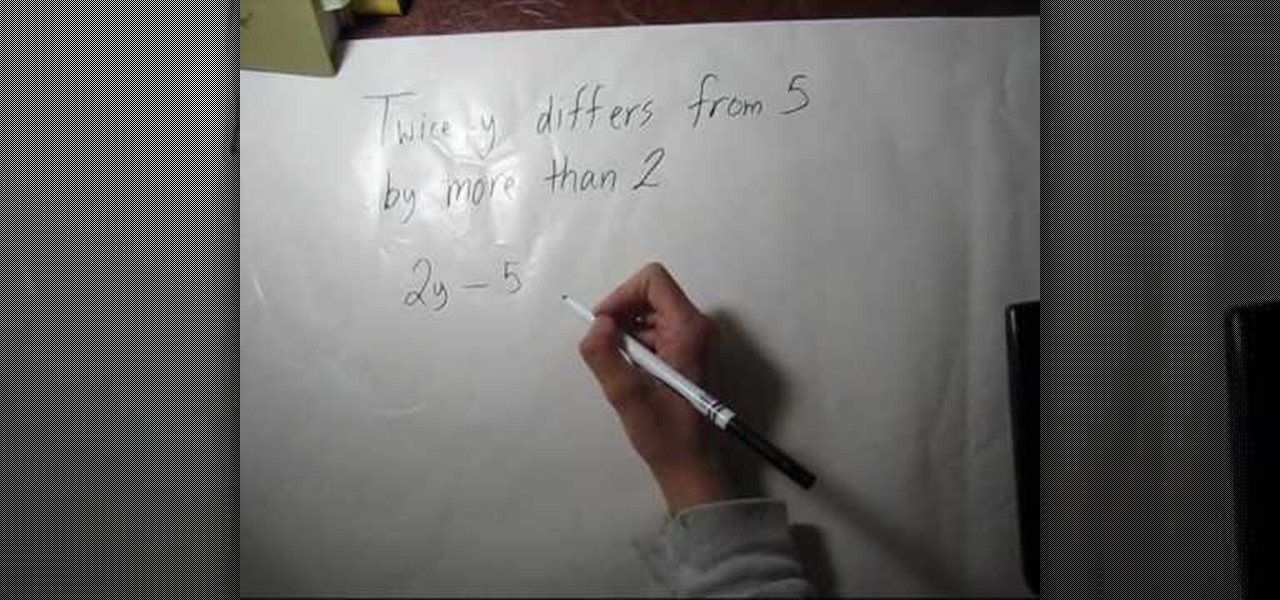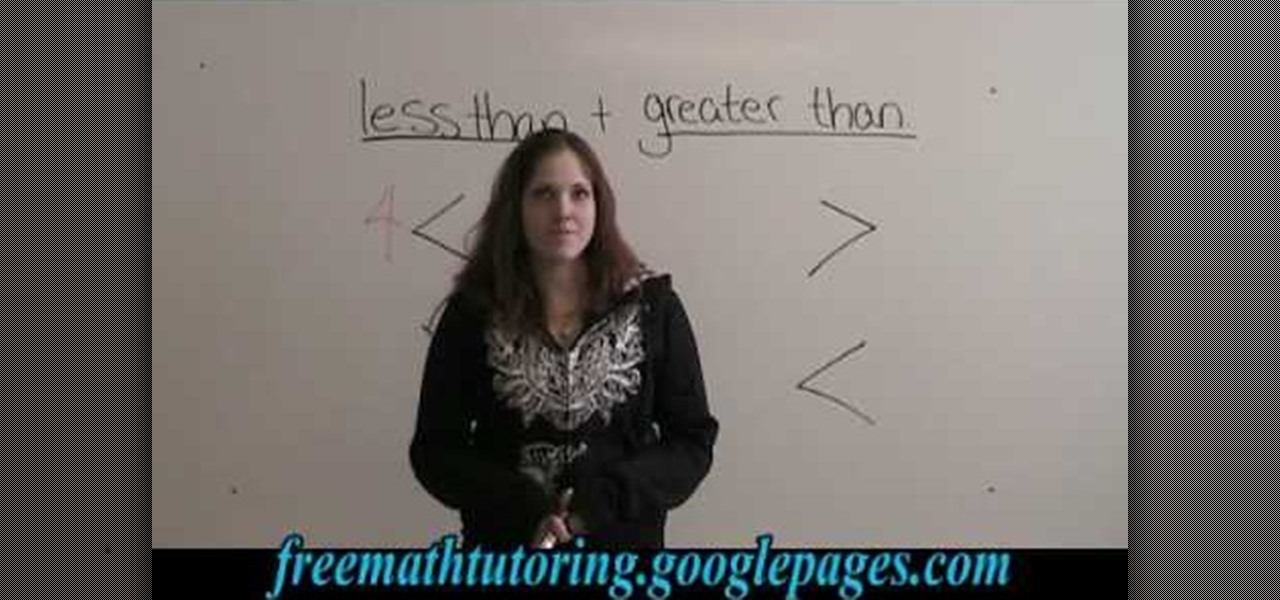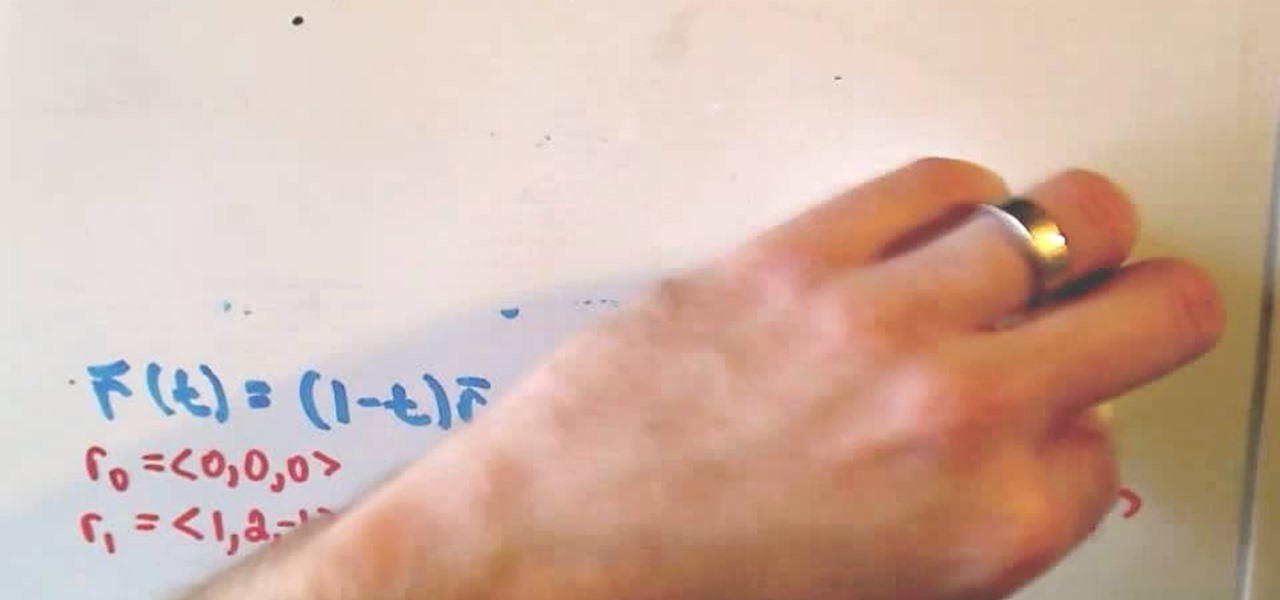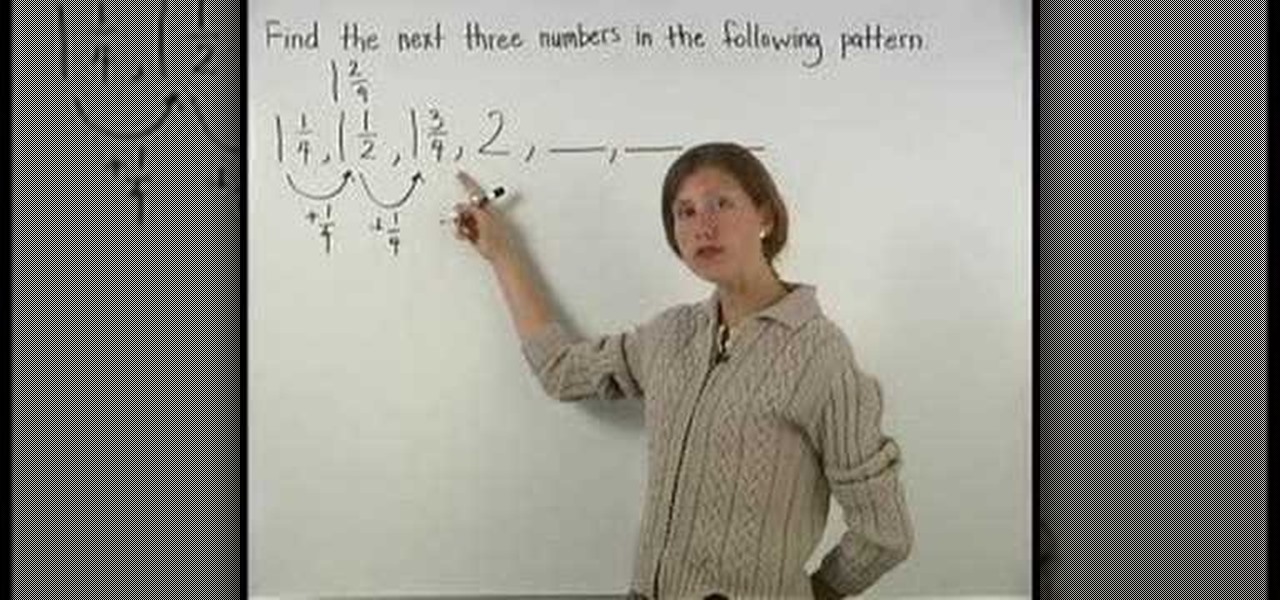Active Math Posts

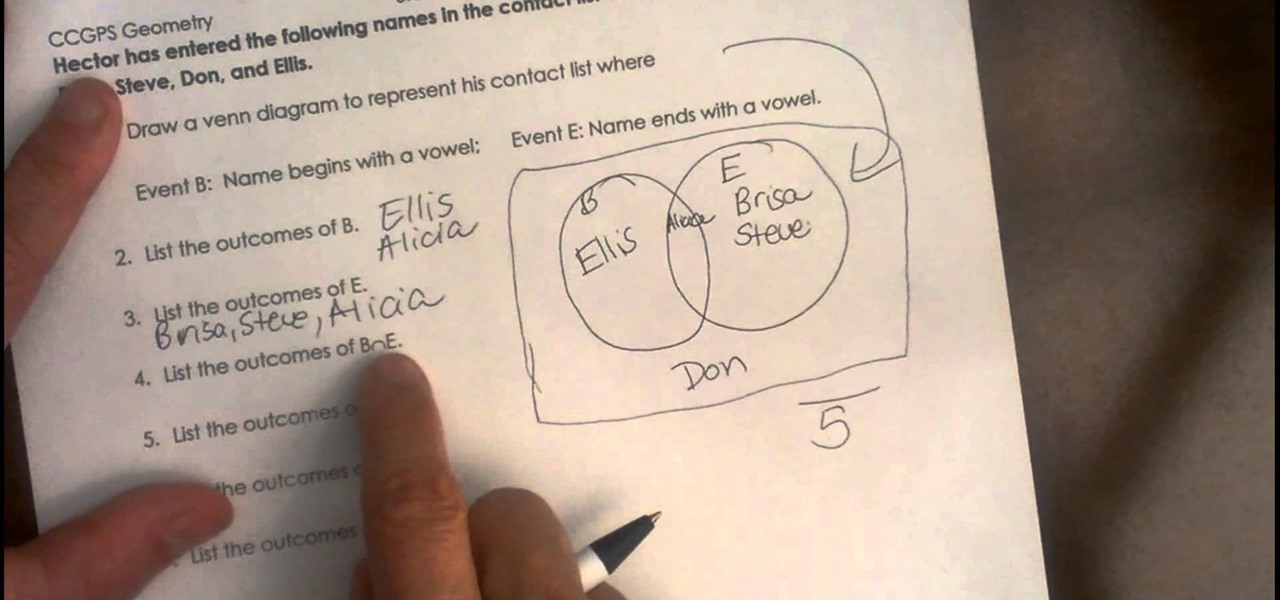
How To: Use a Venn Diagram to Solve Probability Problems
Video covering how to set up a Venn diagram. The video covers how to draw the diagram and then look at a set of data and place the data in the correct part of the Venn diagram. The sample problem is as follows.

How To: Find the Height of a Trapezoid.
Step by step directions for finding the height of a trapezoid. Video: .
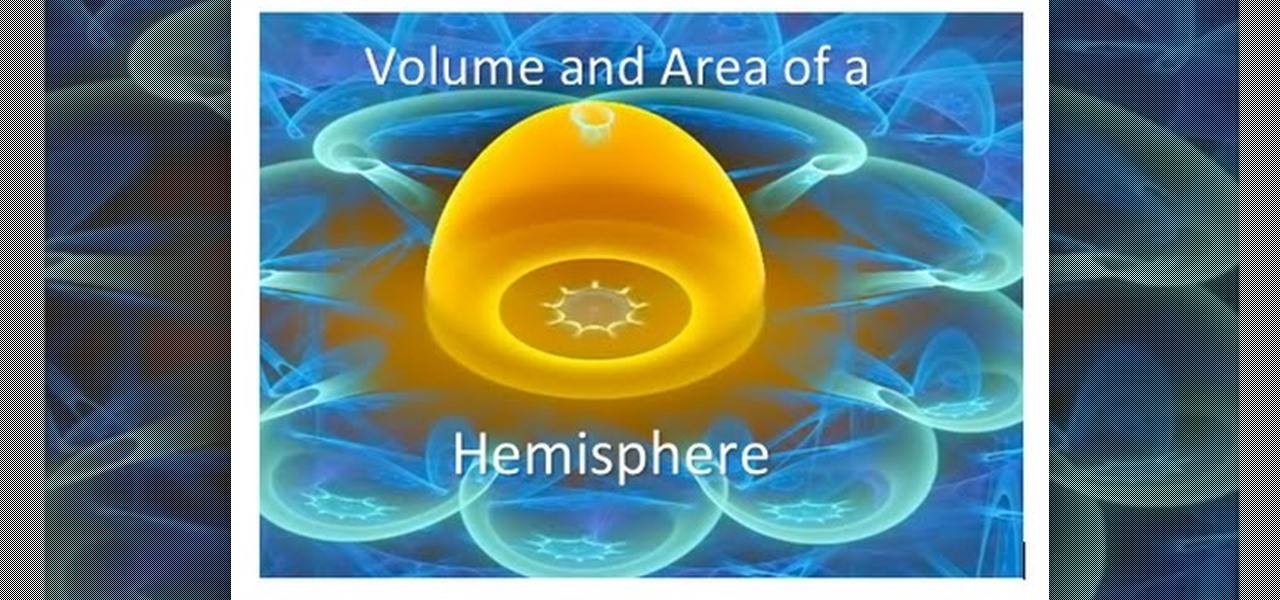
How To: Find the Area and Volume of a Hemisphere
A hemisphere is sphere that has been cut in half. When you cut the sphere in half you are left with the great circle, plus half of a sphere. This fact can be used to find the area, and the volume of a hemisphere. The video works several example problems in which the area and volume of a hemisphere is calculated.
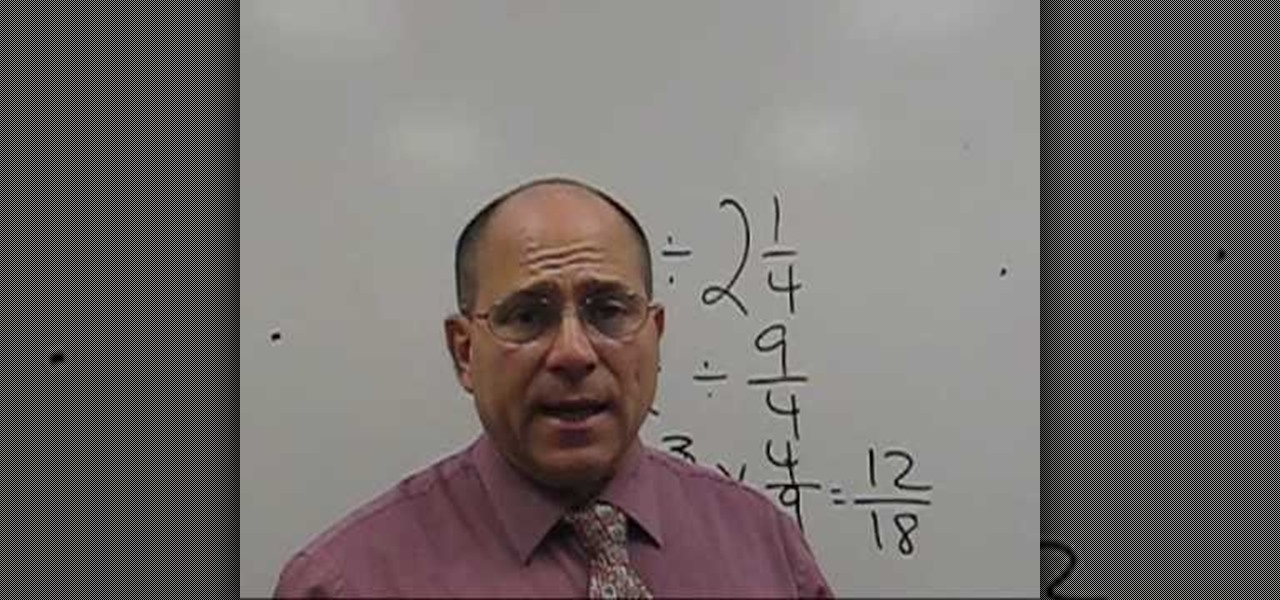
How To: "Flip and go" to divide fractions
In this video, we learn how to flip and go to divide fractions. First, take your equation and then look at the fractions that you are given. If you work this out and end up with a fraction that can be reduced further, then reduce it. If you understand how to multiply fractions then you will understand how to divide them. You will take the second fraction in your equation and flip it upside down. Now the denominator will be the numerator and so on. Once you do this, you will change the sign to...
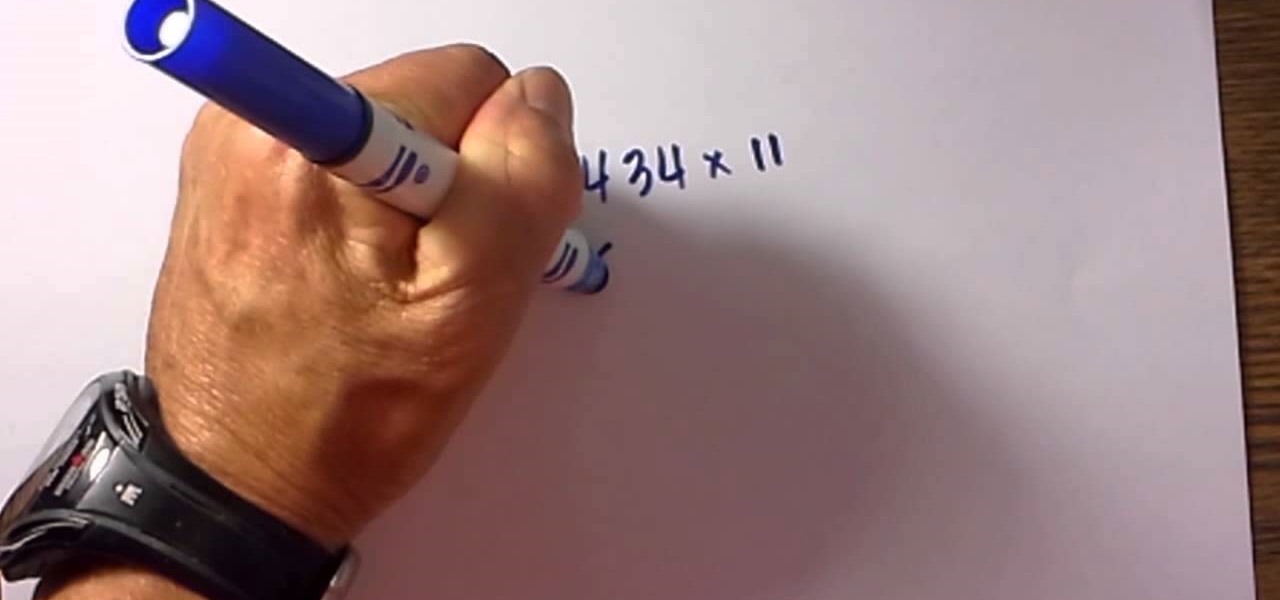
How To: Multiply by 11 Faster Than a Calculator
Yes, with this simple technique you can multiply 2 digit numbers in your head. The video also reviews a really easy method for multiplying larger numbers by 11 in a simple fashion.
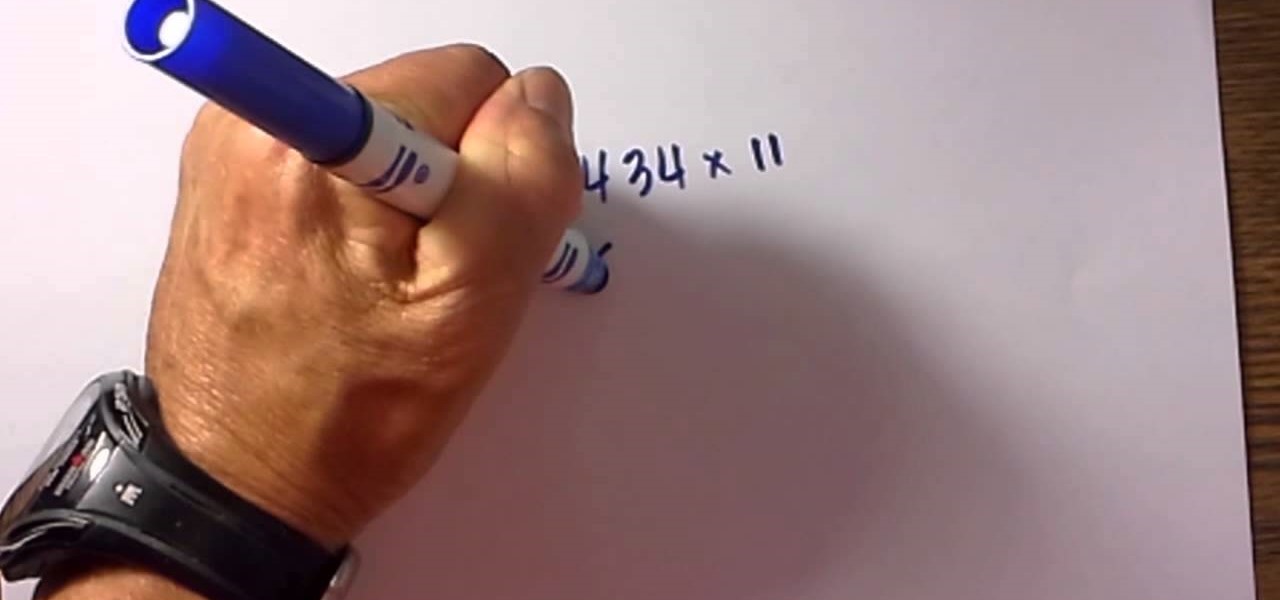
How To: Multiply Any Number by 11 Easily
This video shows two techniques for multiplying any number by 11. Using these techniques you will find it is easier than using a calculator.
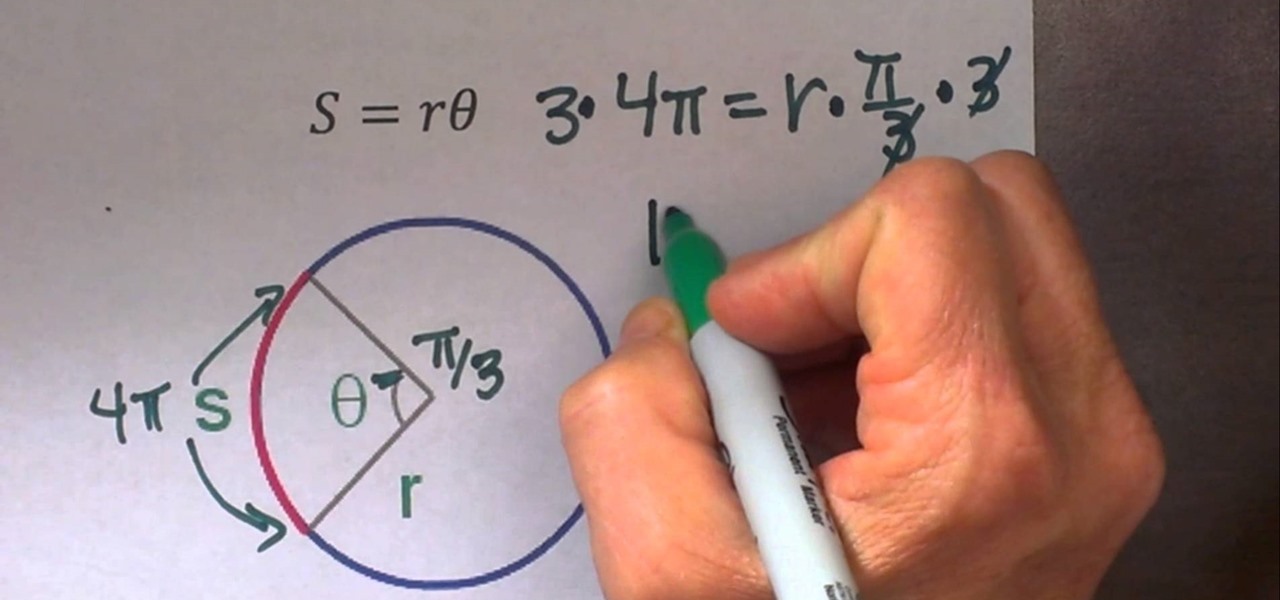
How To: Find the Radius of a Circle from Arc Length
The video provides two example problems for finding the radius of a circle given the arc length. Problem one finds the radius given radians, and the second problem uses degrees.

How To: Do long division with decimals
Video Nerd thinks that when your doing long division with decimals you should first take out the decimal. Write the number as if it didn't have a decimal. For example if the problem was 12.5 divided by 5 then you will just use 125 and divide that by 5. Next divide the first digit of the dividend by the divisor an write the number up top. Next you multiply, after your done multiplying the numbers subtract, and when your done subtracting the numbers drop the reaming numbers in the dividend down...
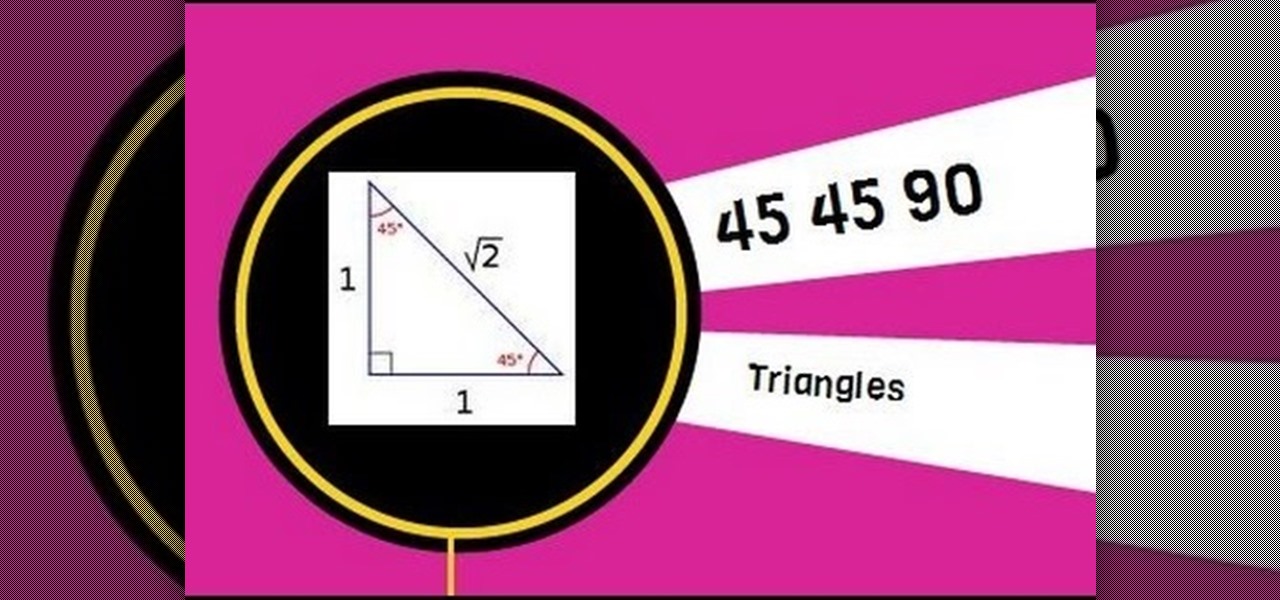
How To: Find Leg Lengths and Hypotenuse of a 45 45 90 Triangle
A 45 45 90 triangle is a special right triangle because you can use short cuts to find leg length and hypotenuse length. This video solves two problems involving leg length and hypotenuse length.

How To: Find the Surface Area of a Cylinder.
Step by step directions for finding the surface area of a cylinder. In order to calculate the surface area of the cylinder you find the area of the two bases and add this to the lateral area.
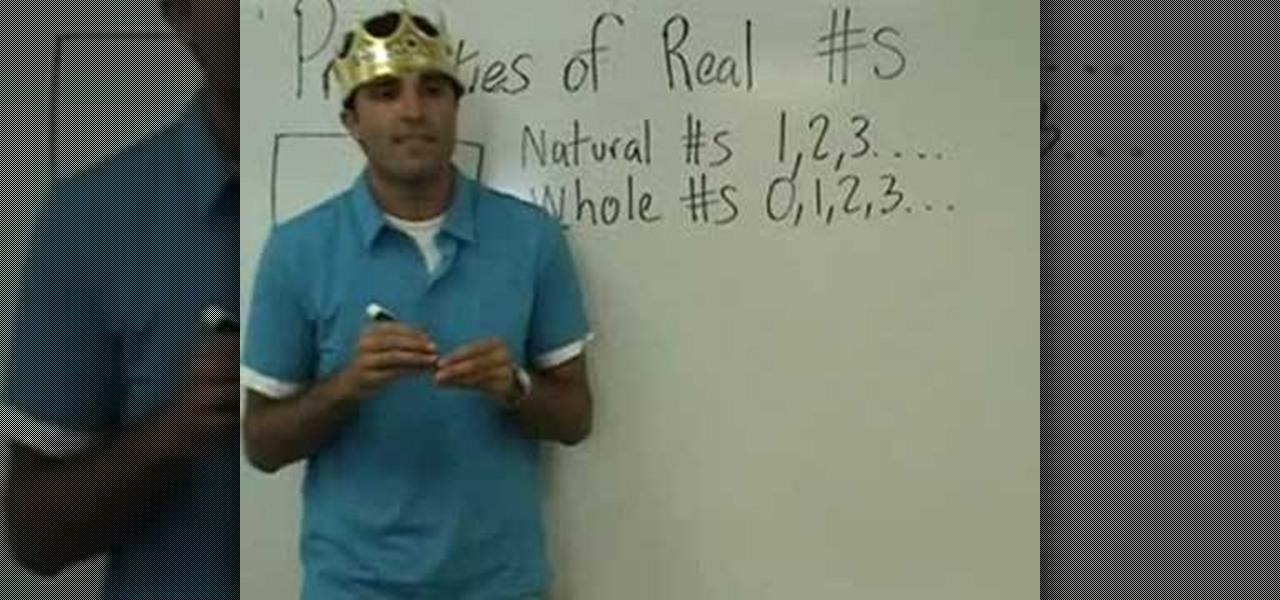
How To: Understand the properties of real numbers
In this video, we learn how to understand the properties of real numbers. Natural numbers start at one and continue on and on. Zero is not a natural number. A whole number is just like a natural number, except it includes zero. Integers are the negatives included with whole numbers. There are no decimals included in integers. Integers also include positive numbers and no decimals with them, just whole numbers. Rational numbers are fractions and all decimals that end at a certain point. Once y...
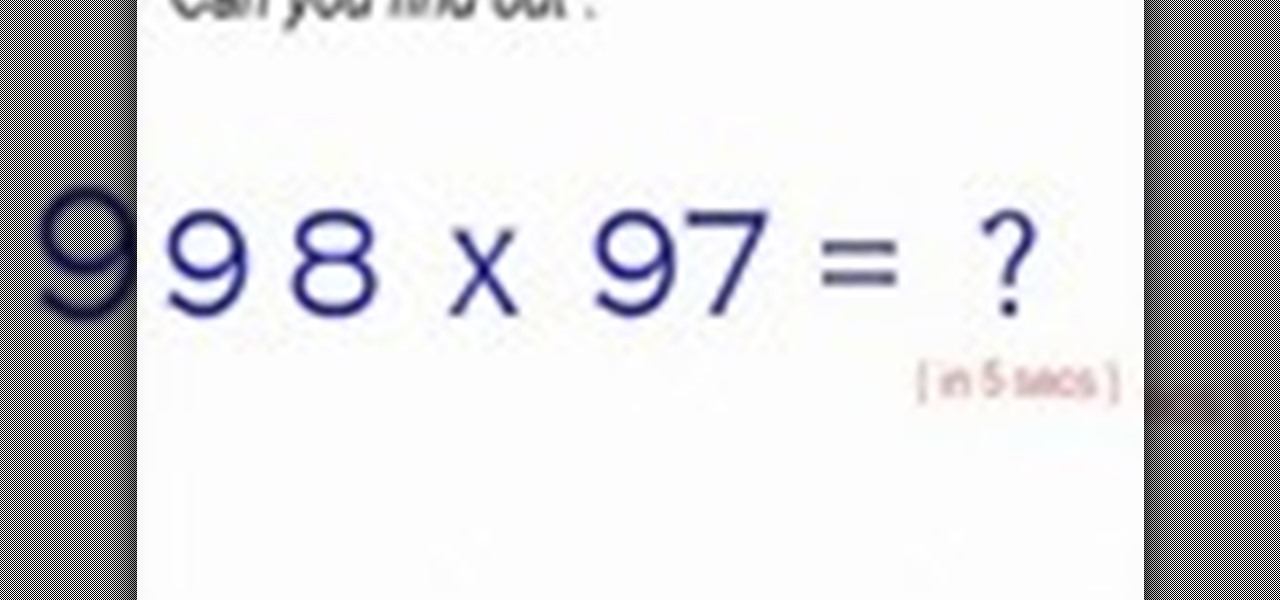
How To: Be a human calculator
Before we had the calculator and before we had the abacus we had the human brain to complete our math problems for us. Remember that? Well, it seems that few of us do, resorting to calculators on our phone for elementary subtraction problems and multiplication.
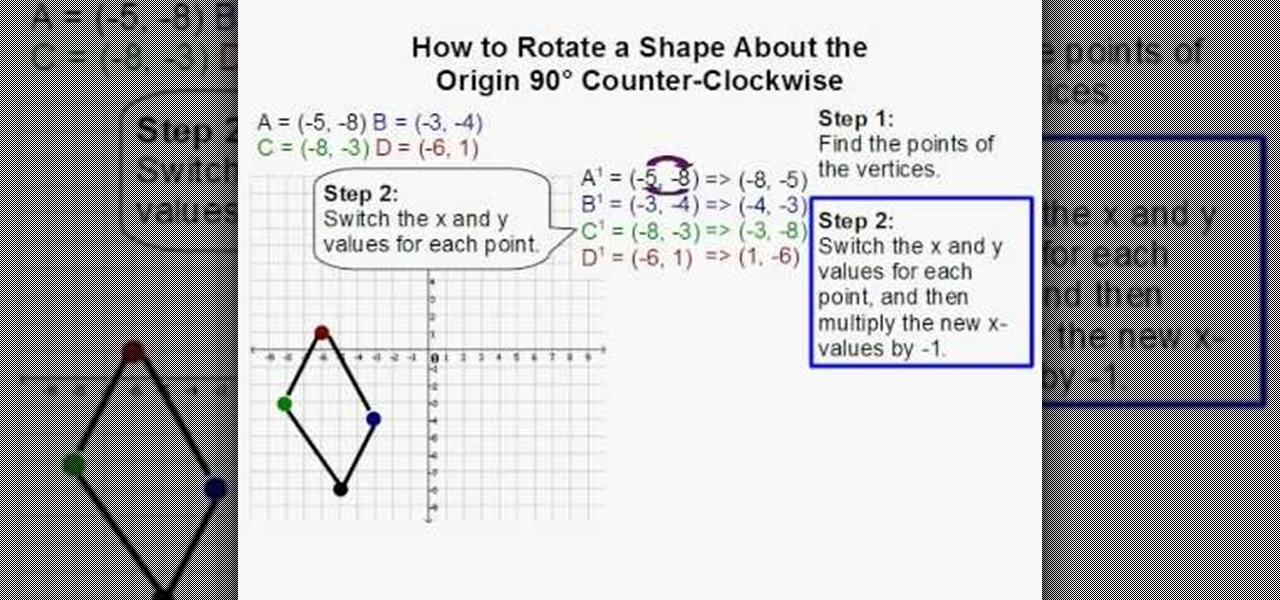
How To: Rotate a shape about the origin 90° counter-clockwise
Davitily thinks that you can learn to rotate the images quite easily. In this video Davitily explains the process of rotating a geometrical shape about the origin. This rotation is counter-clockwise. Davitily explains the various steps involved in this process. Two steps are explained in this process. The explanation is very simple and done in a very interesting manner. This video is the perfect choice for people wanting to learn the rotation of shapes. This video is a must for people interes...
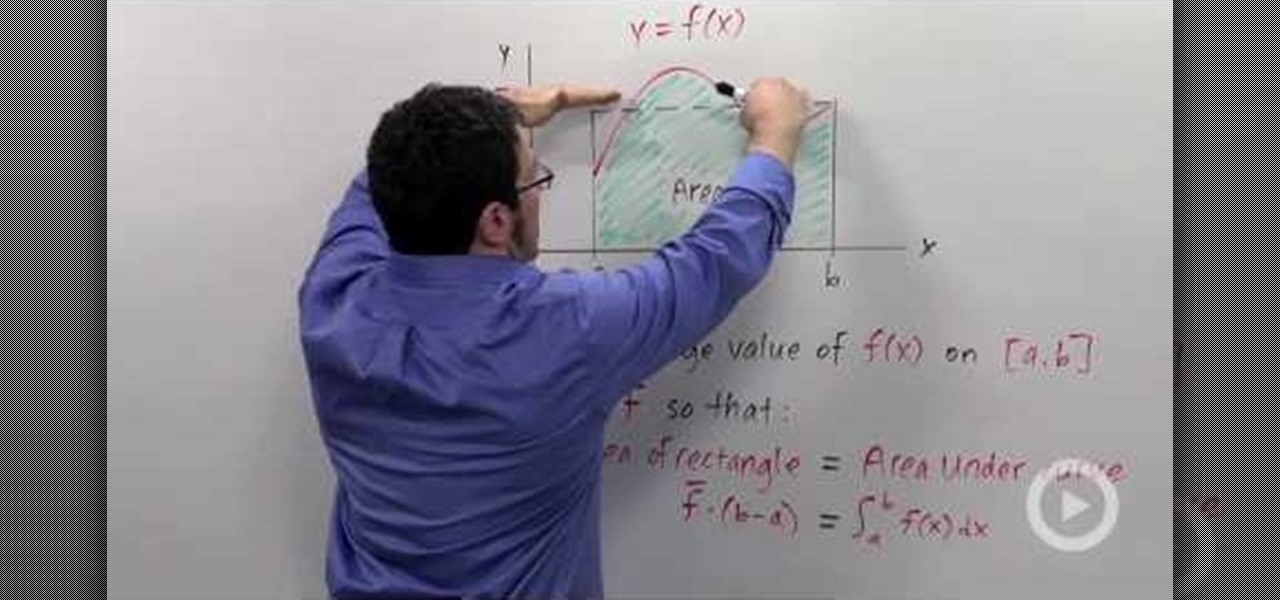
How To: Find the average value of a function over an interval
When you have to find the average of two or five numbers then you have to add all the numbers and then divide then by two or five respectively. However in the case of the function you have infinite many values over any interval. But it is not possible to add all and then divide by infinity. Therefore you have to calculate in a different way. Imagine that you have to find the average of y=f(x). Then you have to average it from the interval from ‘a’ to ‘b’. The inner area under the curve shall ...

How To: Use the Pythagorean theorem in geometry
Need help figuring out how to determine the length of the sides of a right triangle? Need to know how to solve a matrix-form linear equation in algebra? From Ramanujan to calculus co-creator Gottfried Leibniz, many of the world's best and brightest mathematical minds have belonged to autodidacts. And, thanks to the Internet, it's easier than ever to follow in their footsteps (or just finish your homework or study for that next big test). With this installment from Internet pedagogical superst...
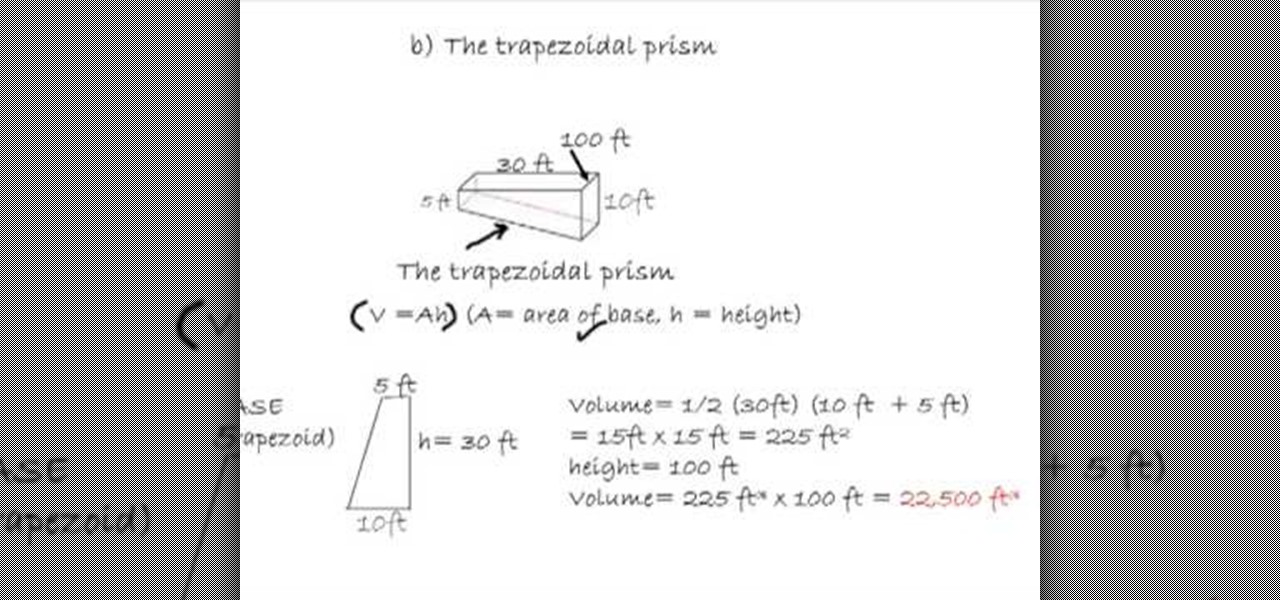
How To: Find the volume of a swimming pool
In this video, we learn how to find the volume of a swimming pool. To do this, you will first need to find the measurements of all the sides that are on the pool. After this, you will plug in the measurements that you found into the equation to find the volume. This equation is: V=AH, volume= area(height). So, plug in the area and the height to the equation for A and H and then multiply these two together. Once you do this, you will find the answer! Don't forget to label the units on the fina...
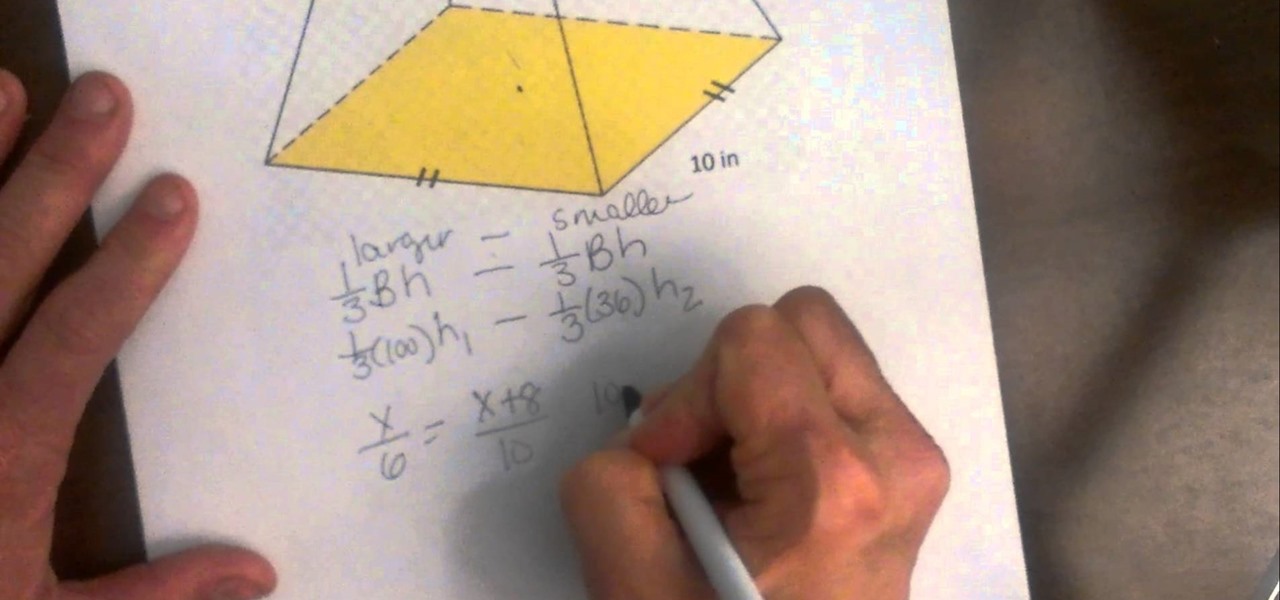
How To: Find the Volume of a Truncated Pyramid.
A truncated pyramid (frustum) is a pyramid with the top cut off. This video reviews how to find the volume.

How To: Multiply Numbers by 9 Using Nothing but Your Fingers
From Ramanujan to calculus co-creator Gottfried Leibniz, many of the world's best and brightest mathematical minds have belonged to autodidacts. And, thanks to the Internet, it's easier than ever to follow in their footsteps. With this free math tutorial, you'll learn how to calculate the area of a triangle by formula. In this clip, you'll learn an easy finger-counting trick for quickly calculating multiples of 9.
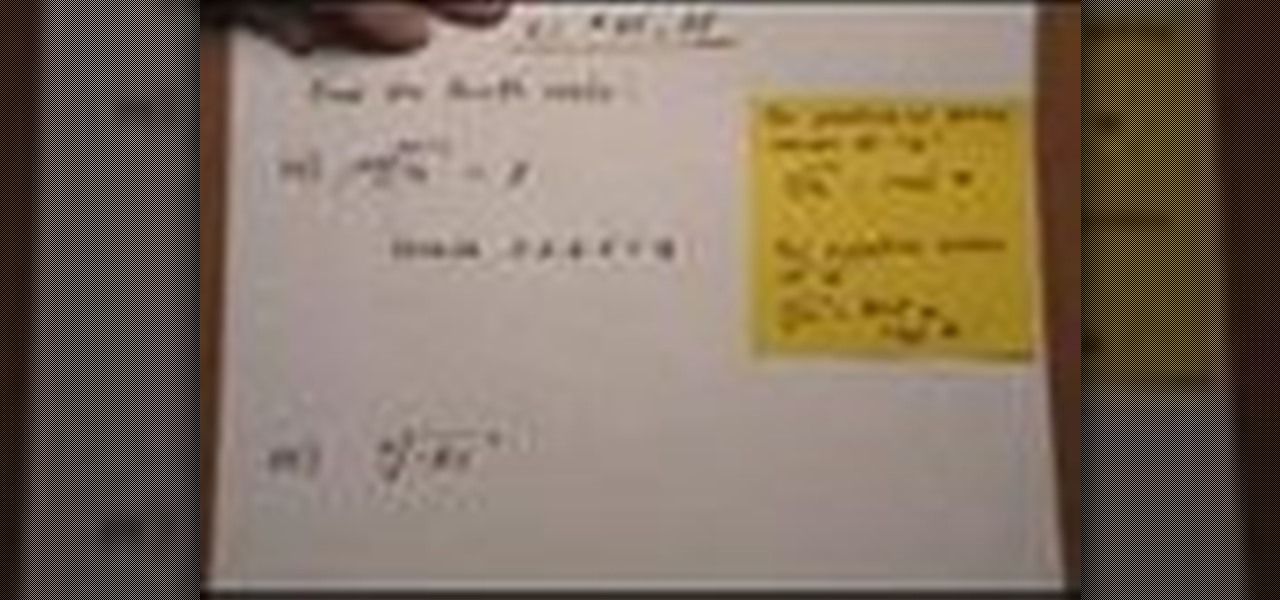
How To: Simplify fourth roots
In this video the instructor shows how to find out the fourth roots of a number. The properties of fourth root says that for any positive number of a, its fourth roots are real. And for any negative value a, its fourth roots are not real. So split the number inside the fourth root as the product of two perfect squares and then cancel out the power with the fourth root giving its roots. As the fourth roots of a positive number are real, the answer you get is correct. But you cannot find out th...

How To: Classify a Triangle as an Isosceles Triangle.
Video: . What is an isosceles trapezoid. The video goes over the properties that are unique to an isosceles trapezoid.
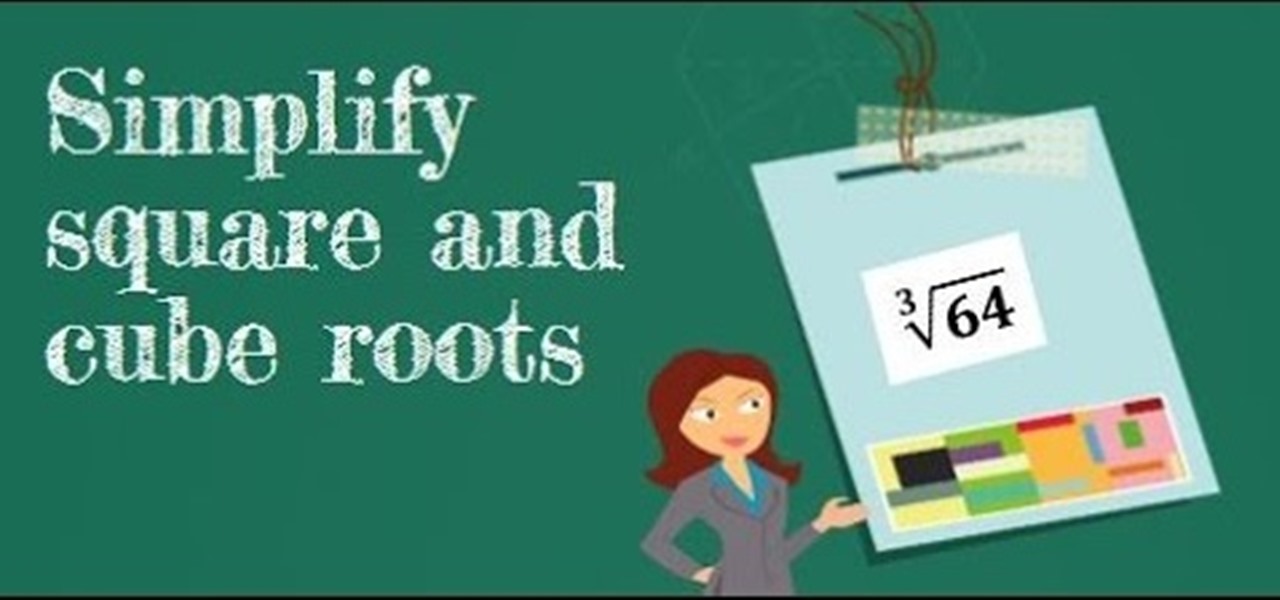
How To: Simplify Square and Cube Roots
Whenever you simplify a square root or a cube root you are writing them in the simplest form. This video teaches a factoring method.
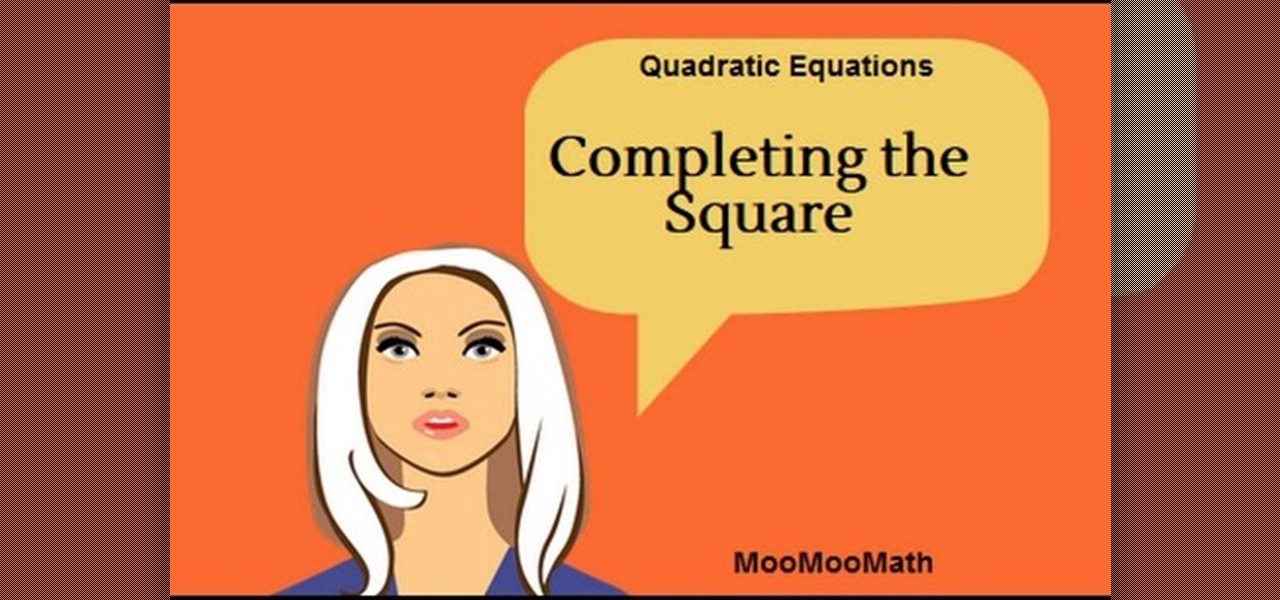
How To: Complete the Square of a Quadratic Function.
How to use "we half it,we square,we add it to both sides" when using the complete the square" This method can help make a complex Math problem a little bit easier.
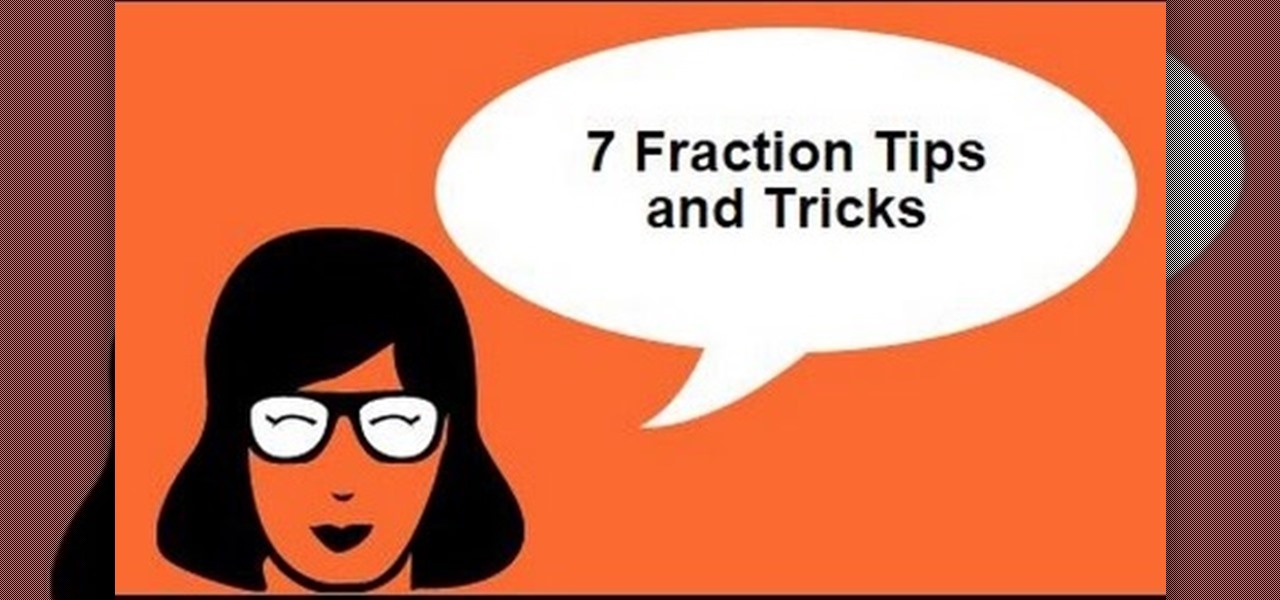
How To: Add Fractions Without a LCM
This video has 7 fraction hacks that can save you time when working with fractions. The hacks are: Adding fractions without a LCM
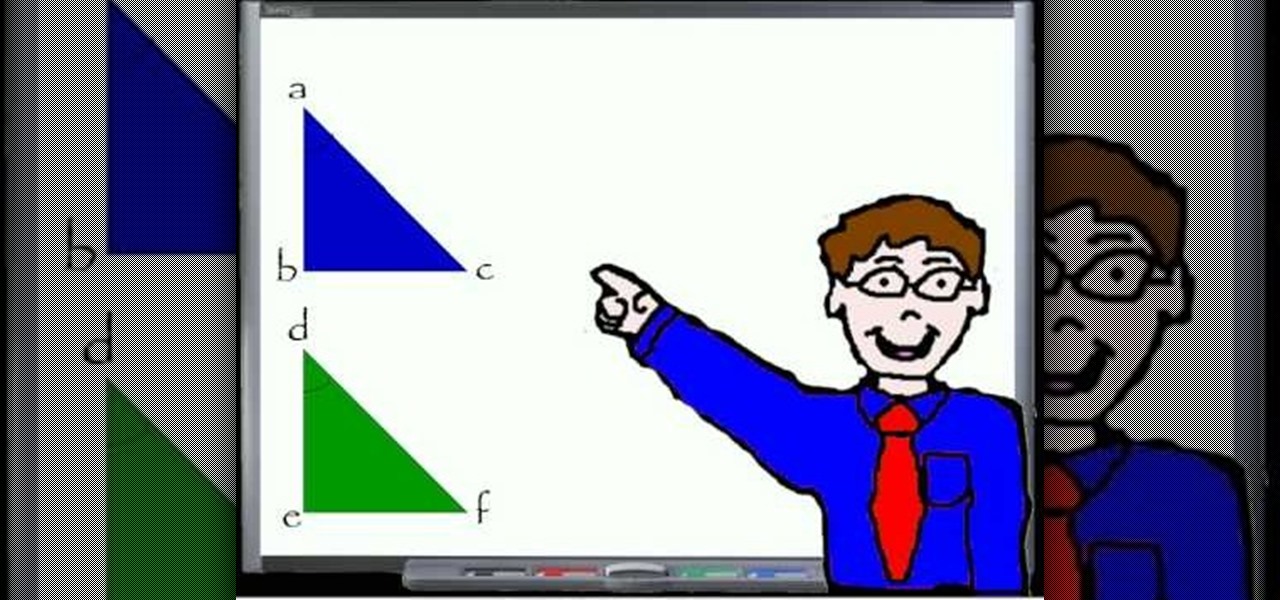
How To: Prove angle-side-angle congruency
This is a tutorial about how to prove the congruency (equality) of two triangles when the values of two angles and an included side of each triangle is given. The author of this video instructs the viewer that it should be first determined whether the values of two angles of one triangle are the same as those of two angles of the other triangle. Then one must seek to determine the equality of sides included in those angles in both the triangles. When it is found that these three values in one...

How To: Find a missing side of a triangle, similar to another
In this tutorial the author shows how to find out the missing side of a triangle which is similar to an other triangle. He explains the concept of similar triangle using diagrams and by showing that similar triangles have equal corresponding angles and parallel sides. Now he labels sides of similar triangles and intends to find out the length of unknown side. Now in similar triangles, as the lengths of sides are proportionate he shows how to write a equation of proportion and solve it finding...
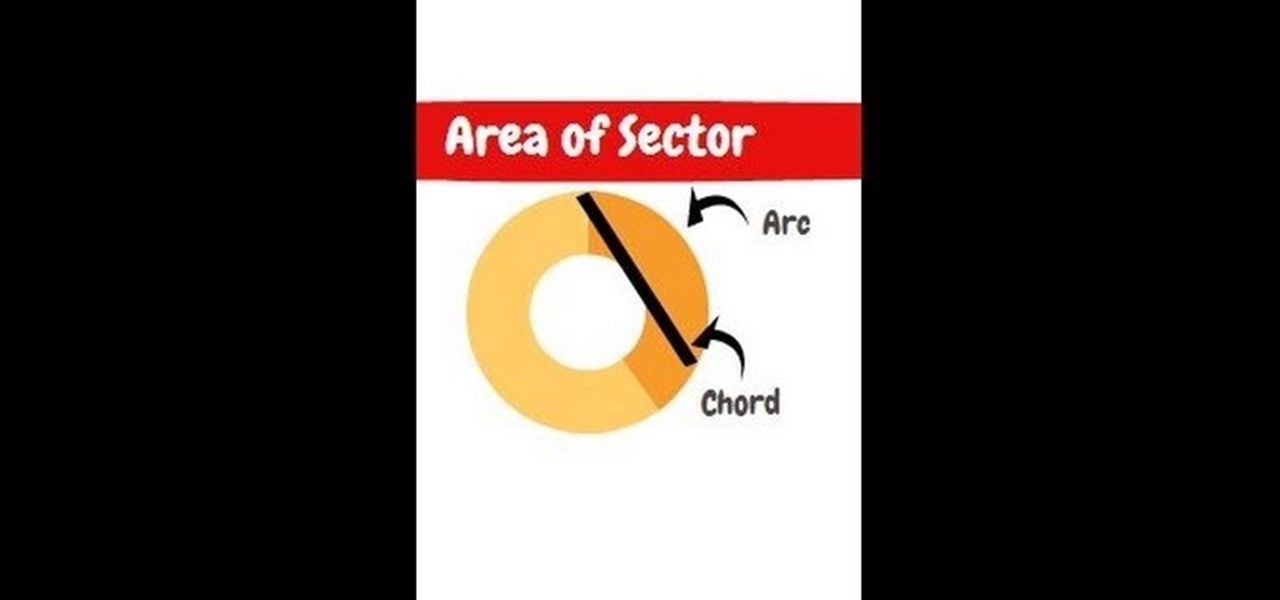
How To: Find the Sector Area
The sector area is a section of the circle. You can think of it as finding the area of a pizza slice instead of the entire pizza.
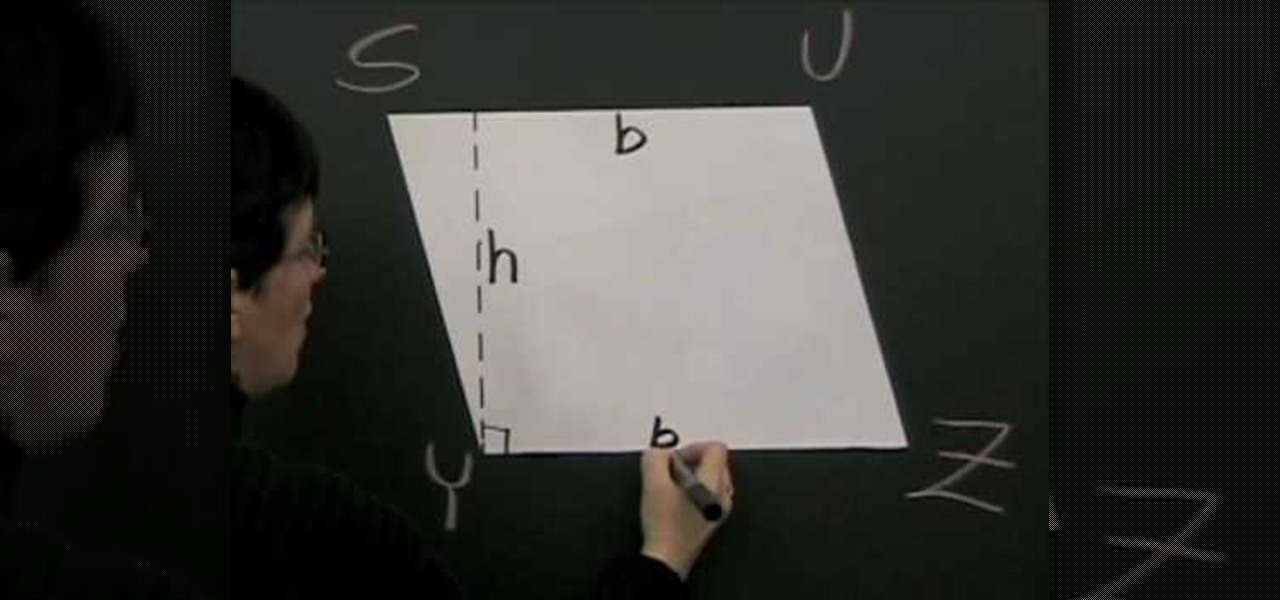
How To: Find the area of quadrilaterals
Parallelogram is a quadrilateral in which both pairs of the opposites are parallel. To find the area of a parallelogram first draw the diagram of a parallelogram. Parallelogram can be further divided into squares and rectangles. To calculate the area of both of these kinds of parallelograms multiply the length of the parallelogram with its height. In general the area of a parallelogram in obtained by multiplying the base of a parallelogram with its altitude. In square and rectangle cases, the...
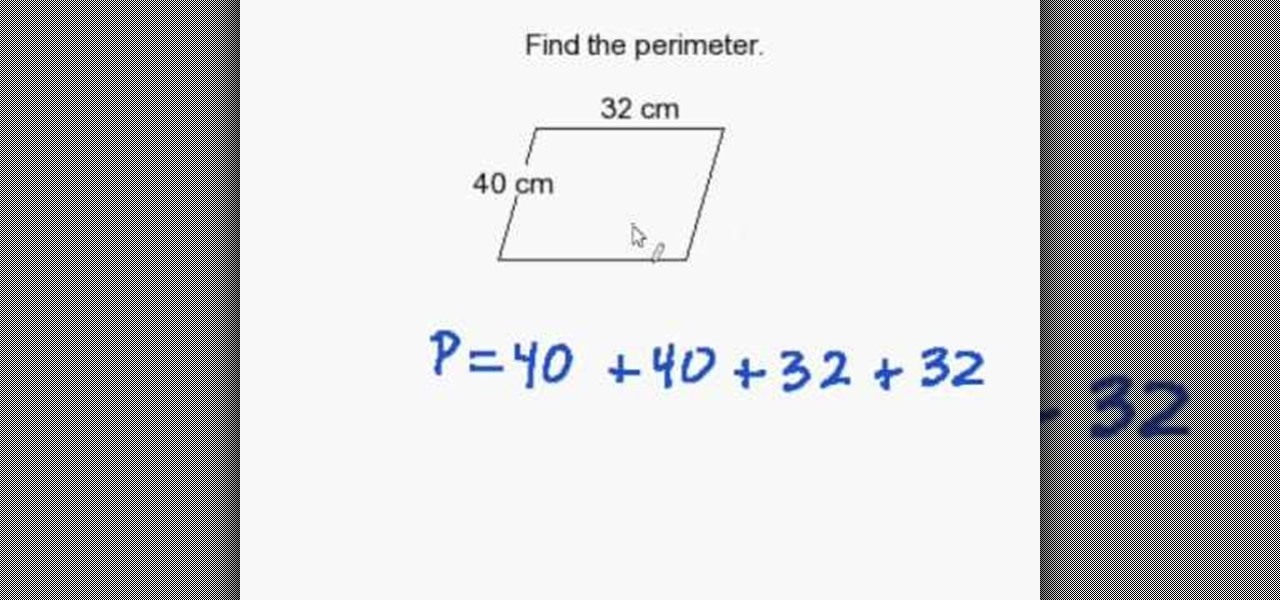
How To: Find the perimeter of a parallelogram
One thing that you will need to know in order to pass Geometry is how to find the perimeter of a parallelogram. Parallelograms are quadrilaterals with two pairs of parallel sides. It is not difficult to find their perimeter, but you will need to know a few steps. Check out this video for tips on how to do this in your math class and ace that big test.

How To: Use a protractor in geometry
Omar, Hayley, Gary, and Autumn teach us how to use a protractor. They give a bit of information from About.com on the history of protractors. They are used to measure angles. The first protractor was used to help with navigation and invented in 1801. To measure an angle, line up the base of the protractor with 1 line of the angle. The center circle should be on the vertex of the angle. Use the "swivel thing" to find what degree the other end of the angle lines up with. If there isn't one, you...

How To: Simplify Complex Fractions
The key to simplifying fractions is to convert the fraction from a hamburger to a hot dog. In other words you change it from a fraction to a division problem, and then use Keep,Change,Flip to simplify. The video explains all of this and helps make complex fractions,simple.
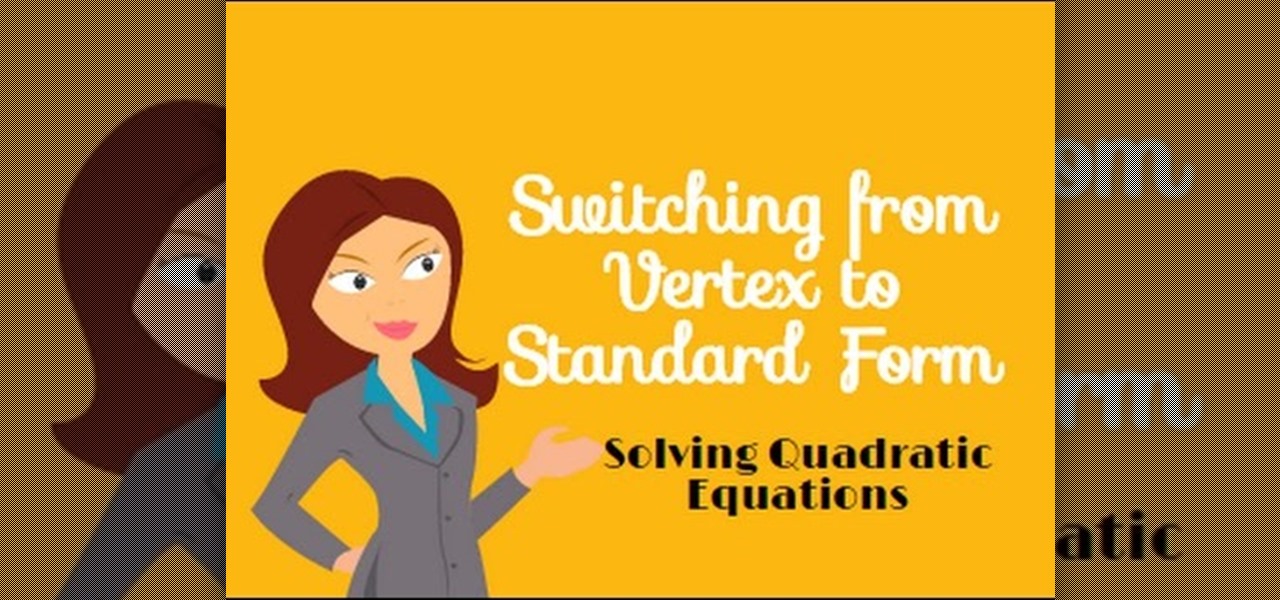
How To: Change a Quadratic from Vertex Form to Standard Form.
The Vertex Form of a Quadratic Equals Vertex Form = F(X) = a(X-H)^2 +K (H,K) = Vertex, and the standard form equals f(x) = ax^2 + bx + c. This video explains how you switch from the vertex form to the standard form.

How To: Find the Perimeter of a Rectangle
If you have a rectangle and the length of only one side is given,how do you find the perimeter. The video shows how the diagonal creates a right triangle. This right triangle can be used to find the other side of the triangle, and then the perimeter.
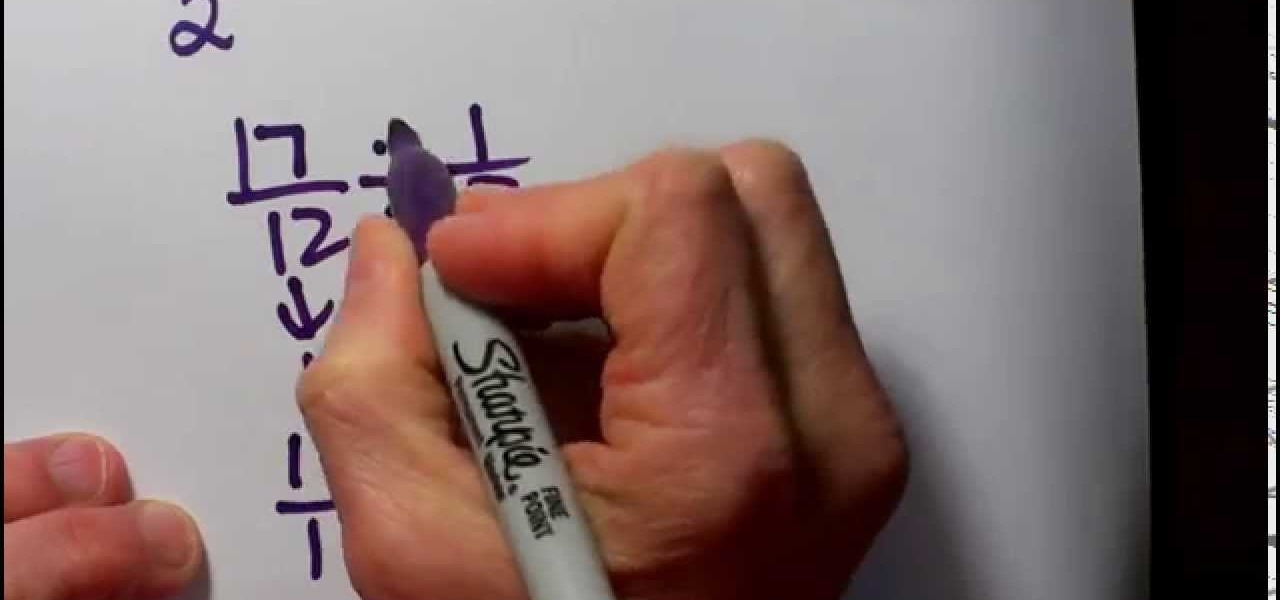
How To: Simplify Complex Fractions
Complex fractions are fractions that contain a fraction in the numerator,the denominator, or both. You can use the Keep,Change,Flip method in order to simply these complex fractions.
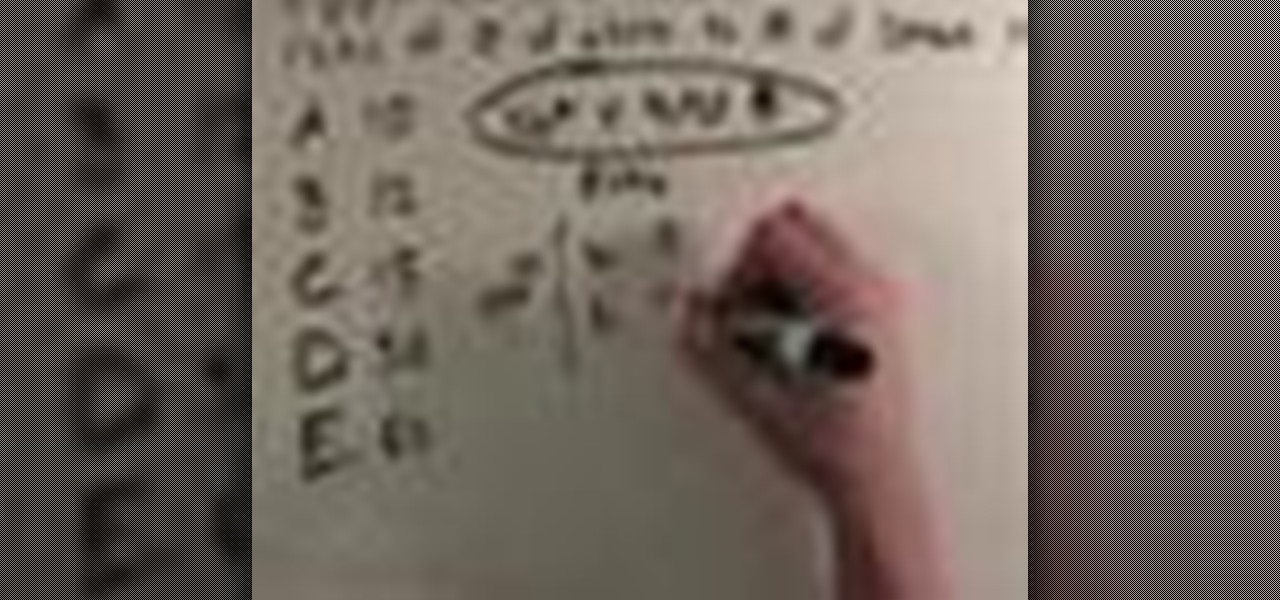
How To: Solve ratio problems
Check out this instructional math video that demonstrates how to solve ratio problems. In the 14th lesson, learn how to solve SAT problems using the Official SAT Study Guide. Here are the math problems and their page numbers that this video covers:
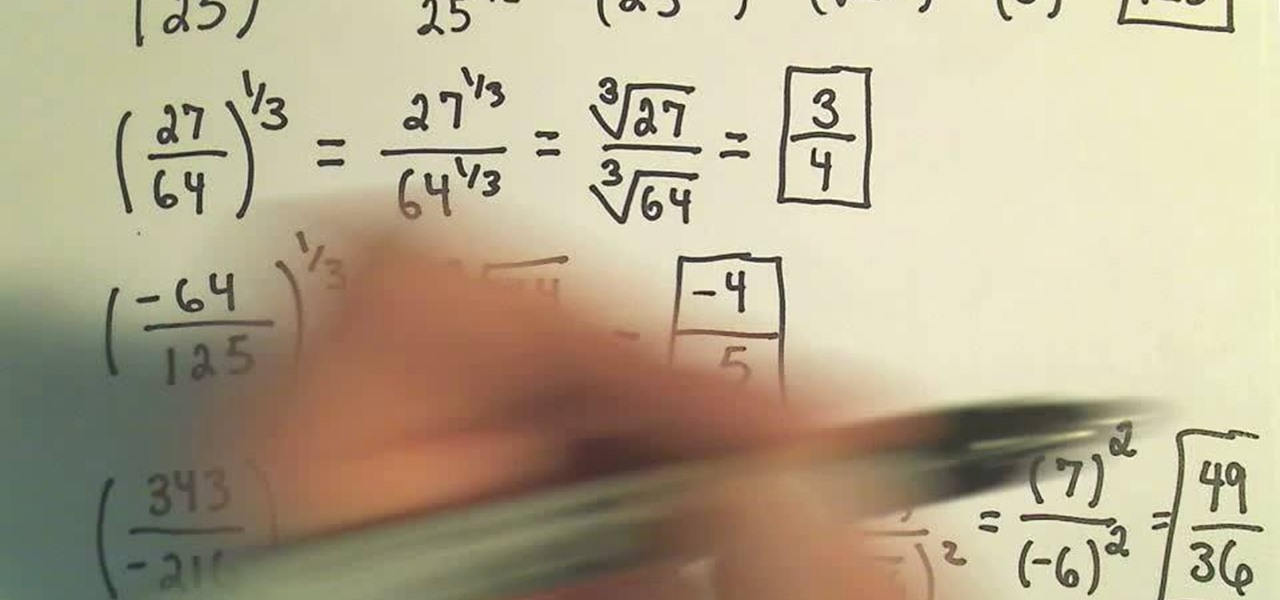
How To: Evaluate numbers raised to fractional exponents
Looking for instructions on how to evaluate numbers raised to fractional powers? Learn how with this free video lesson. From Ramanujan to calculus co-creator Gottfried Leibniz, many of the world's best and brightest mathematical minds have belonged to autodidacts. And, thanks to the Internet, it's easier than ever to follow in their footsteps (or just finish your homework or study for that next big test). With this free math tutorial, you'll learn how to solve problems involving numbers raise...
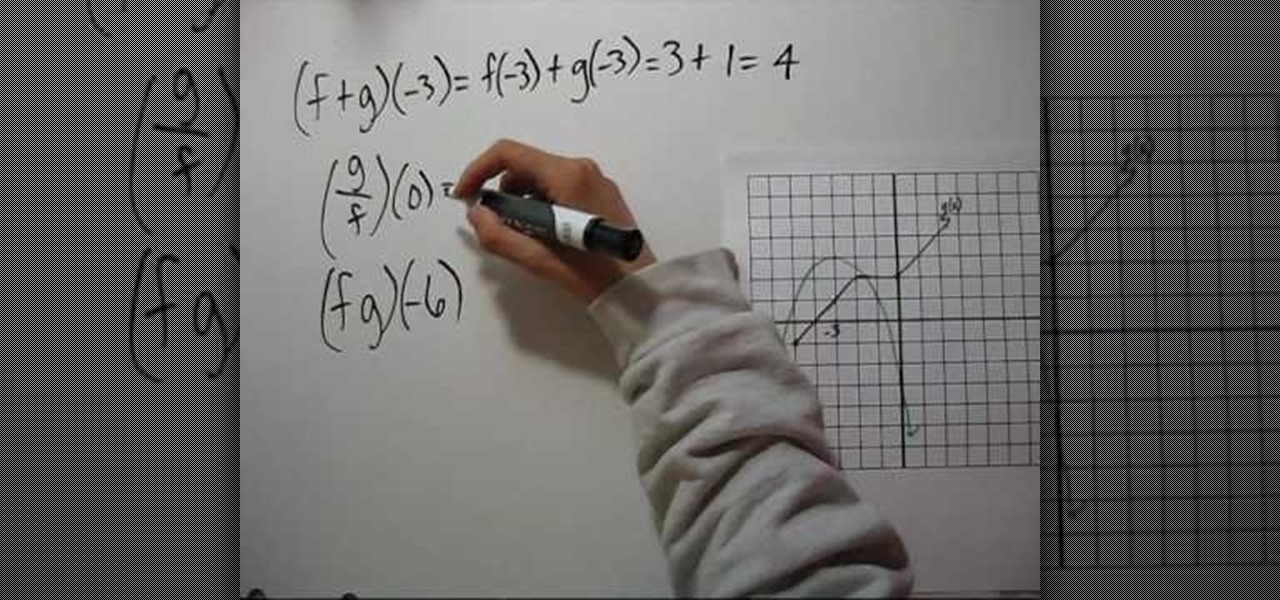
How To: Evaluate combinations of functions from graphs
YouTube user NotesCollegeAlgebra teaches you how to evaluate combinations of functions from graphs. You start off with a graph and some functions. (f+g)(-3), (g/f)(0) and (fg)(-6). You start looking at the graph and the first line and you get (f+g)(-3)=f(-3)+g(-3)=3+1=4. (g/f)(0)=g(0)/f(0)=2/-3=-2/3. (fg)(-6)=f(-6)g(-6)=(-3). But then when you want to find out g(-6) you realize -6 is not in g's domain. So the answer to the last equation is that it doesn't exist.


How To: Simplify square roots in math
In this video the instructor shows how to simplify radicals. A radical is nothing but another name for a square root. To find the square root of a simple number the first thing that you need to do is factor it. If you need to compute the square root of a number, you first need to find a number which multiplied by itself gives the original number under the root. For example, to find the square root of 9, you need to find a number which multiplied by itself gives 9. Here the answer is 3. When 3...
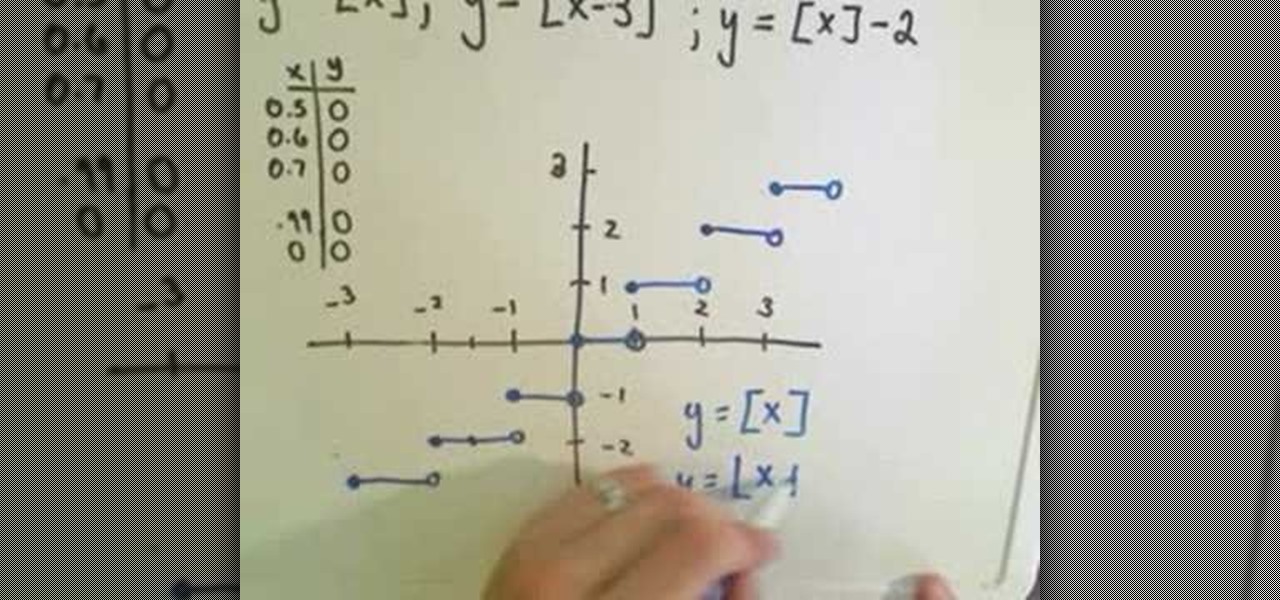
How To: Graph the greatest Integer or floor function
The video shows the explanation of greatest integer function. This video explains this with the help of graphs. The video first describes the basic greatest integer function. This means the greatest integer less than or equal to the number gave. The graph of this function is drawn. The video then shows the variations of this function. The first variation shows the function that replaces the 'x' coordinate with it subtracted by three. This shifts the graph to the right by three units. The seco...
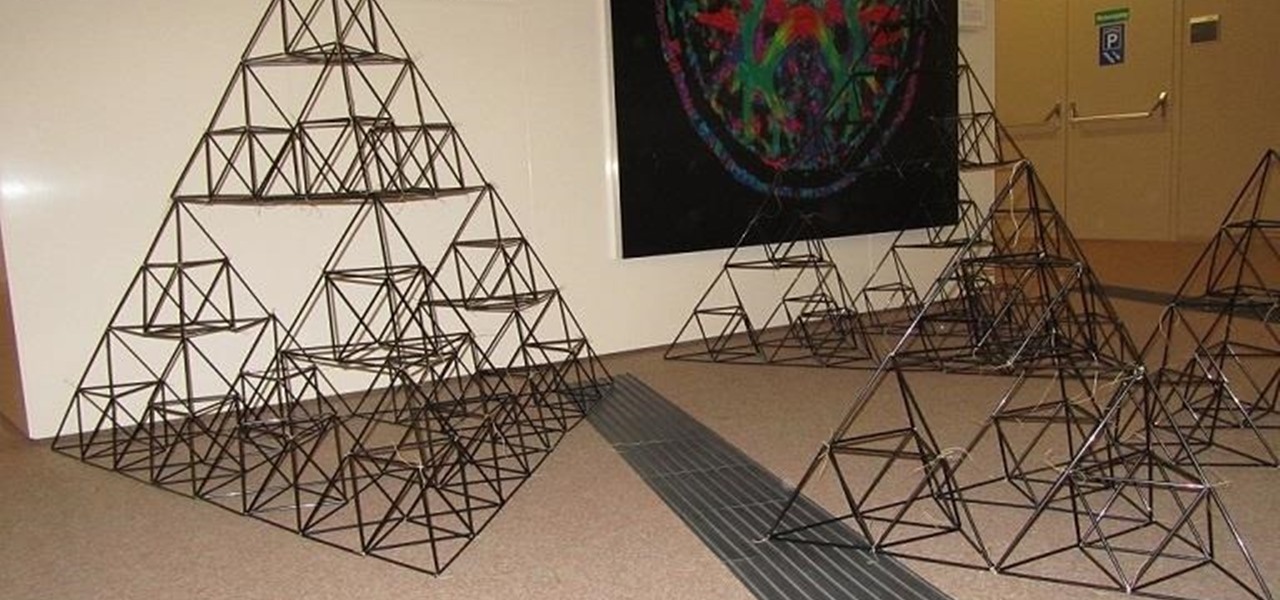
News: 3D Sierpinski Tetraeder Made of Straws
Step 1: Make One Tetraeder You need 6 straws of the same length and a cord. Step 2: Add More and More Tetraeder in the Shape of a 3d Sierpinski Tetraeder




